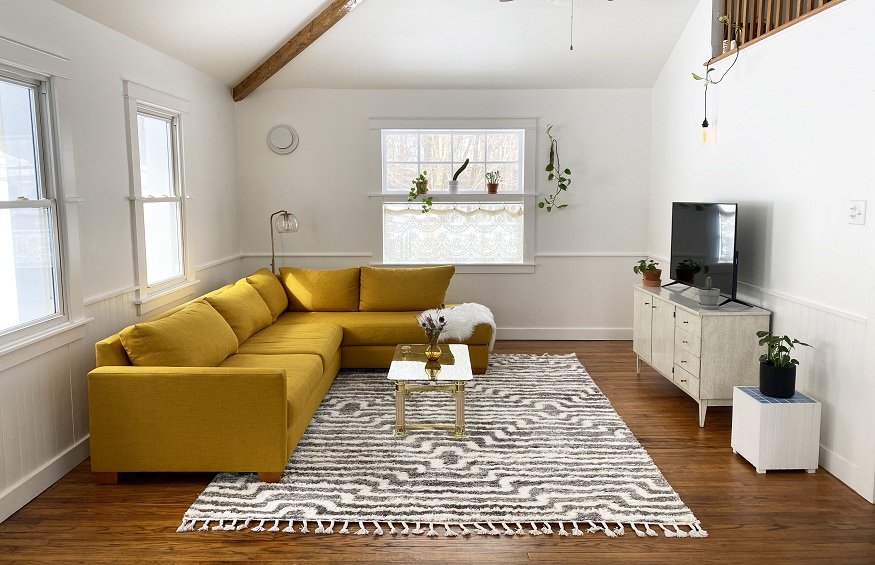What do people say about your home after they move out? It is important to make a good first impression. The area rug is what most people see when they enter a house. Area rugs are more popular than the higher quality, less expensive carpets available on the market. It is assumed that area rugs were not intended to be used in high-traffic areas. This makes them more vulnerable to wear.
Carpets have a long and rich history within the home. They have also inspired literature, art, music, and poetry. Area custom logo rugs are now extremely durable and can be used in high-traffic areas for many years.
Carpets were traditionally made by skilled artisans using time-honored techniques such as knitting, weaving, and tufting. With rugs becoming more popular and easily available, it became necessary to produce larger quantities with machines to meet demand. Although handcrafted carpets have never gone out of style they are highly sought-after.
Hand-Knotted Rugs
Hand-knotting is one of the most difficult and costly ways to make a rug. It is the oldest method of making a rug, and it dates back to over 2000 years ago. The process of making a rug with this method can take from a few weeks to a few decades. Hand-knotting is done using a special machine called a “loom”. This involves attaching vertical threads to the loom and then intertwining them together with horizontal threads called wefts. A carpet weaver will take yarn and thread it around the warp. Then, he or she will tighten it to make a knot and then cut off any excess string. The carpet pile is created by the knots. Hand-knotting takes time and requires intricate designs. The skill of hand-knotting often passes from generation to generation.
Hand-Tufted Rugs
Hand-tufted rugs can be made entirely by hand. However, a tufting machine is used to create the rug’s pile. Hand-tufted rugs require less time than hand-knotting due to the lack of knots. Instead, the rug’s piling is made by weaving a thread of yarn through the rug’s canvas backing using a tufting machine and pulling it. Once the row has been installed on the rug, the loops at the ends of the rug’s faces are cut. The back of the rug is printed with the design. This is what the weaver uses as a guide. The backing is then finished with additional layers. Hand-tufting can be done in a matter of minutes.
Hand-Woven Rugs
Hand-woven rugs can be made in the same way as hand-knotted, using the same process of interweaving weft and warp threads. Flat-weave rugs are called flat-weave because the knots aren’t formed and there’s no pile. The weave of hand-woven rugs is visible on both sides. They can also be reversed easily. A flat-weave rug can also be made by machine.
Machine-Made Rugs
Machine-made rugs are made with enormous power looms. They can make hundreds of rugs every day. This is less labor-intensive than hand-making and also the rugs cost less. Although the machine-making process is similar to hand-knotting, it speeds up the process significantly. You can make rugs without or with piling on a power loom.
Hooked Carpets
Hooked rugs look similar to tufted rugs, and they use the same looping method. Hooked rugs are similar to tufted rugs in that they use the same looping technique. However, the hooks on the rug’s face are not cut off to make a flat pile like tufting.
Braided Rugs
Braided rugs are created by interweaving three strips or bunches with thread. This process is simple and quick. A hand-made or machine-made braided rug can be made.

